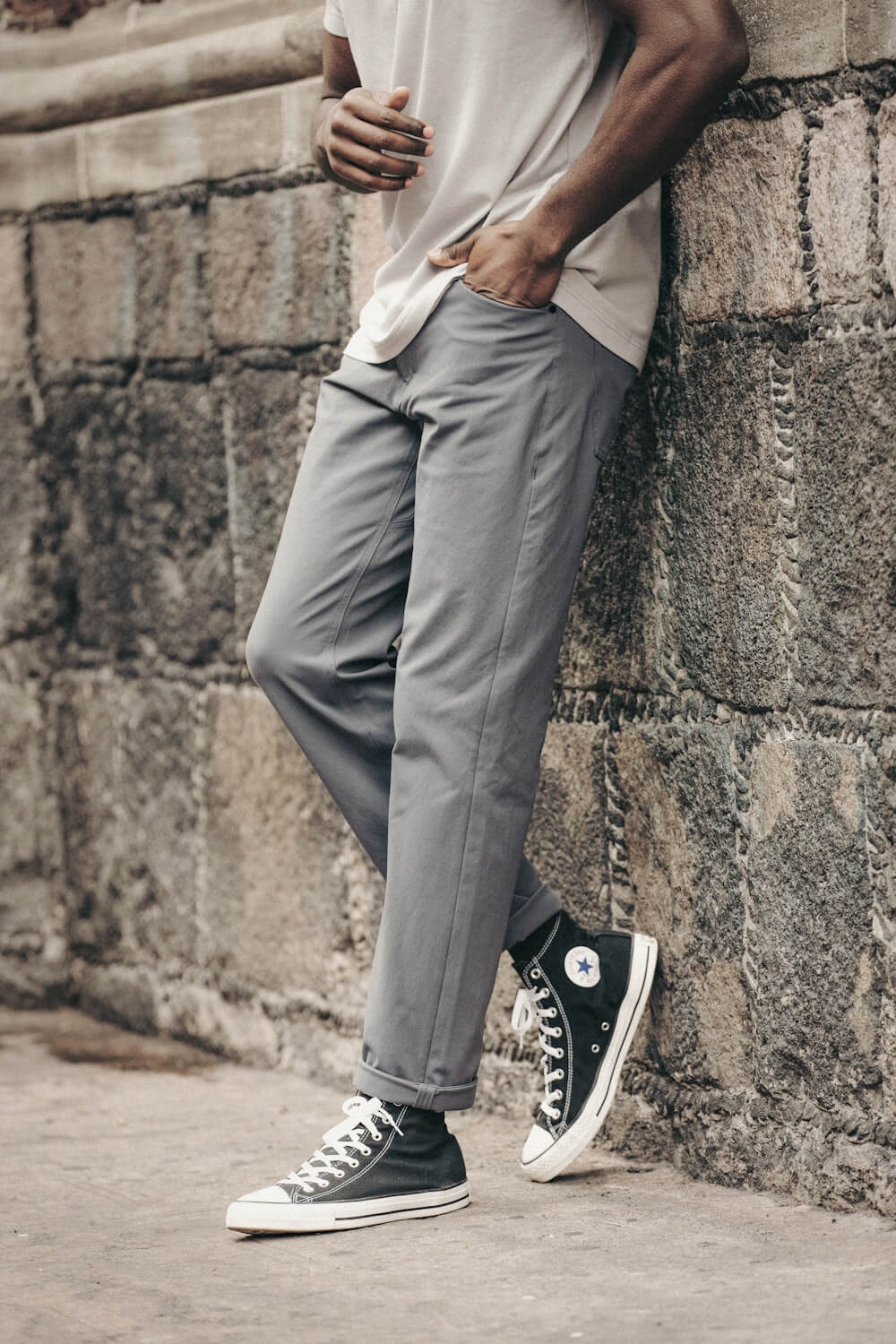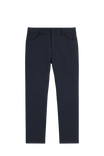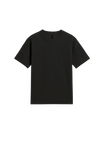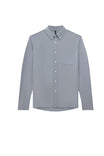Linen and cotton are two of the most beloved natural fabrics, each with its own strengths when it comes to comfort, durability, and climate adaptability. Whether you're looking for a breezy summer essential or a versatile travel fabric, knowing how they compare will help you make the best choice. From linen’s airy, moisture-wicking properties to cotton blends’ all-weather versatility, here’s everything you need to know before choosing your next go-to fabric.
What is Linen?
A natural fiber from the flax plant, linen is notable for its strength, weight, and breathability. Linen has been a staple fabric for centuries, prized for its ability to keep wearers cool in hot climates. Its production process is more sustainable than many other textiles, requiring minimal water and chemicals, which enhances its appeal to eco-conscious consumers.

What Are Cotton and Cotton Blends?
Cotton is a soft, fluffy fiber harvested from the seed bolls of the cotton plant, cultivated worldwide for thousands of years. Renowned for its comfort and versatility, cotton is used in everything from casual wear to high-performance fabrics. Cotton blends, created by combining cotton with synthetic fibers like polyester or elastane, bring modern innovations to the table. These blends enhance wrinkle resistance, durability, and drying time, making them particularly well-suited for travel and active lifestyles.

Linen vs Cotton Fair Comparison
Choosing between linen and cotton often comes down to personal preference, but understanding the unique qualities of each fabric can help you select the one best suited to your needs.
Comfort and Breathability
- Linen: Linen’s loosely woven fibers make it a champion in hot climates. Its exceptional breathability helps regulate body temperature by allowing air to flow freely, making it perfect for humid or tropical weather. It also wicks away moisture and dries quickly, ensuring you stay cool and comfortable even on sweltering days.
- Cotton and Cotton Blends: Cotton, with its inherently soft and breathable nature, is also a strong contender for warm weather. Cotton blends add adaptability, offering lightweight options for heat and cozier variations for cooler days. While cotton absorbs moisture effectively, blends often dry faster, making them more versatile for varying conditions.
Suitability for Different Climates
- Hot Weather: Linen is unrivaled in hot, dry climates due to its moisture-wicking, quick-drying, and highly breathable properties. However, cotton blends hold their own, especially in humid conditions, by balancing comfort and faster drying times.
-
Cold Weather: While linen offers thermal regulation that can insulate you in cooler climates, cotton blends take the lead here. They provide added warmth and flexibility, with heavier options available for layering, making them more practical for colder destinations.
Moisture Handling
- Linen: Absorbs sweat like a pro and releases it quickly, drying faster than cotton. This makes it particularly effective in hot, dry climates or for activities where sweating is inevitable. Additionally, its odor resistance lets you re-wear it without concern.
- Cotton and Cotton Blends: Pure cotton absorbs moisture well, not so much as linen, but still keeps you comfortable in warm weather. Blends enhance this functionality by drying more quickly, a benefit in humid or variable climates where dampness can be an issue.
Wrinkle Resistance
- Linen: Wrinkles are part of linen’s identity, lending it a timeless, textured look. For travelers, this may require some extra care, but the laid-back aesthetic is often worth it.
-
Cotton and Cotton Blends: Cotton blends, with their engineered wrinkle resistance, deliver a smoother, more polished appearance straight out of your luggage—ideal for business travel or formal occasions.

Eco-Friendliness
- Linen: As a natural fiber derived from the flax plant, linen is highly sustainable. It requires significantly less water and fewer pesticides to produce, making it a favorite for eco-conscious travelers.
-
Cotton and Cotton Blends: Organic cotton reduces environmental impact, though the sustainability of blends varies based on the synthetic fibers used. Opting for recycled or responsibly sourced materials can help balance the scales.

Timeless Style
- Linen: Linen’s natural texture delivers a casual yet elevated look that transitions effortlessly from day to night. Its versatility works for everything from beach getaways to city explorations.
- Cotton and Cotton Blends: Cotton’s adaptability shines through in its range of styles, from relaxed to refined. Blends further enhance this versatility, offering tailored options that cater to both leisure and business travel.

Summary
When deciding between linen and cotton, your destination and personal preferences play a key role. Linen’s breathability, quick-drying nature, and eco-friendly appeal make it a top pick for hot, dry climates, though it requires attention to manage wrinkles.
Meanwhile, cotton blends combine the natural softness of cotton with modern innovations like wrinkle resistance and faster drying, making them a versatile choice for varied weather conditions. At Western Rise, our choice to use cotton blends in shirts and long sleeves is driven by our commitment to delivering both comfort and functionality. These blends enhance the innate softness and breathability of cotton, while also incorporating features like wrinkle resistance and improved drying times. This makes our cotton blend garments not only comfortable for all-day wear but also highly suitable for the diverse needs of travel.
Whether you prioritize lightweight minimalism or practical durability, both fabrics deliver comfort and style that adapts to your journey.

















